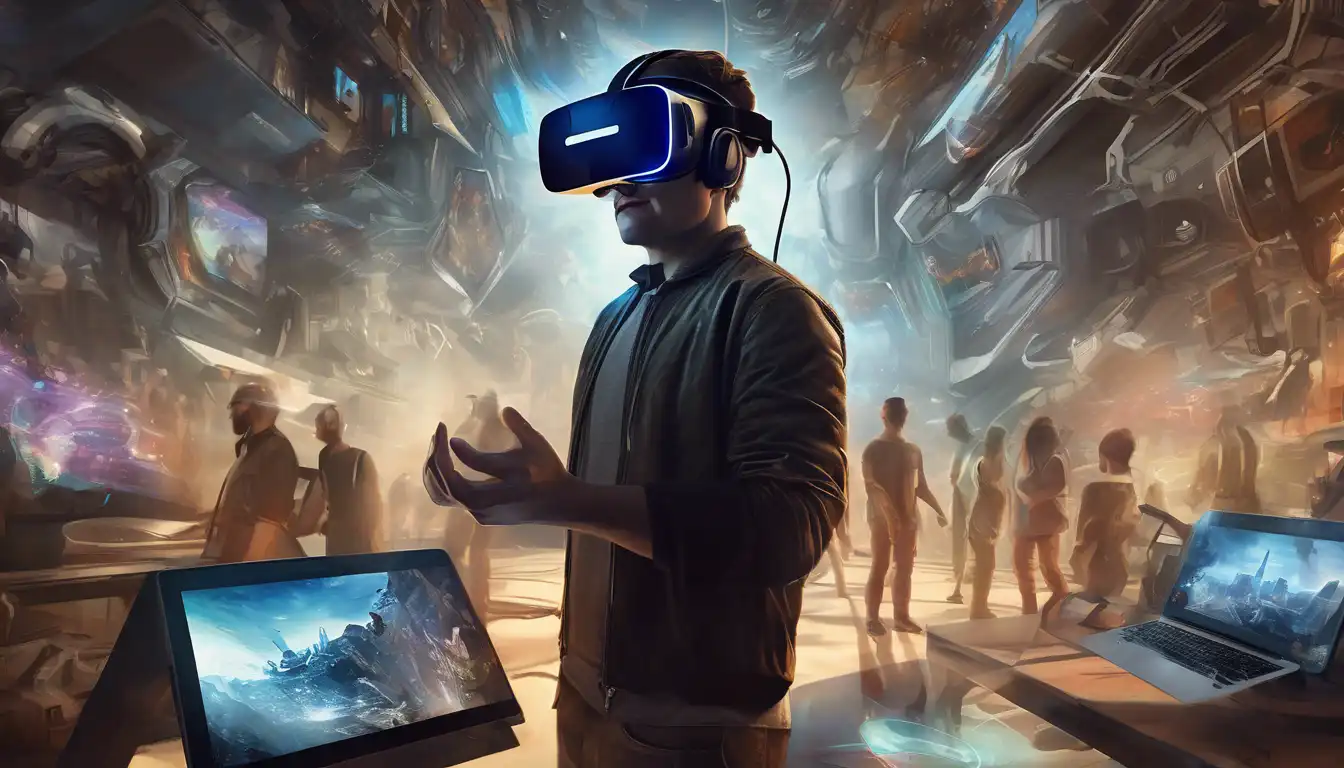Introduction to Virtual Reality
Virtual Reality (VR) is no longer just a figment of science fiction. It's a rapidly evolving technology that's setting the stage for the next big leap in how we interact with digital content. From gaming to education, VR is transforming industries by offering immersive experiences that were once unimaginable.
The Rise of VR Technology
The journey of VR from a niche gadget to a mainstream technology marvel is nothing short of remarkable. With giants like Oculus, HTC, and Sony leading the charge, VR has become more accessible and affordable, paving the way for widespread adoption.
Applications of Virtual Reality
VR's applications span across various sectors, including:
- Gaming: Offering players an unparalleled immersive experience.
- Education: Enabling interactive learning environments.
- Healthcare: From surgical simulations to therapy sessions.
- Real Estate: Virtual tours of properties without physical visits.
Why VR is the Next Big Thing in Tech
The potential of VR extends beyond entertainment. It's about creating connections, enhancing learning, and improving efficiencies in ways we're just beginning to explore. With advancements in tech innovation, VR is set to redefine our digital experiences.
Challenges and Opportunities
Despite its potential, VR faces challenges like high costs and the need for more content. However, these hurdles present opportunities for developers and creators to innovate and push the boundaries of what's possible.
Looking Ahead
As we stand on the brink of a new era in technology, VR represents a frontier full of possibilities. Its integration with future trends like AI and IoT will further amplify its impact, making it an indispensable part of our digital lives.
Virtual Reality is not just the next big thing in tech; it's a gateway to experiences beyond our wildest dreams. As we continue to explore and innovate, the question isn't if VR will become a part of our everyday lives, but how soon.
